Students continued to explore the challenges and possibilities for reconciling development and conservation in Ecuador during the second week of the University of Oregon Sustainable Development Study Abroad Program in Bahía.
Activities for week two included a visit with local fishermen, tree planting with the National Electric Company, a tour of the Isla Corazon Wildlife Refuge, a trip to the Machalilla National Park and whale-watching in Puerto Lopez.
To better understand local economies and realities of subsistence living, the group of students and their professor, Moriah, met with local fishermen outside of Bahía de Caráquez. The fishermen explained the difficulties of the industry and initiatives to achieve economic and ecological sustainability. Afterwards, we got into a fishing boat and accompanied them on a tour of the estuary, where we helped them cast and reel in nets and got to catch and release a variety of fish and shrimp.

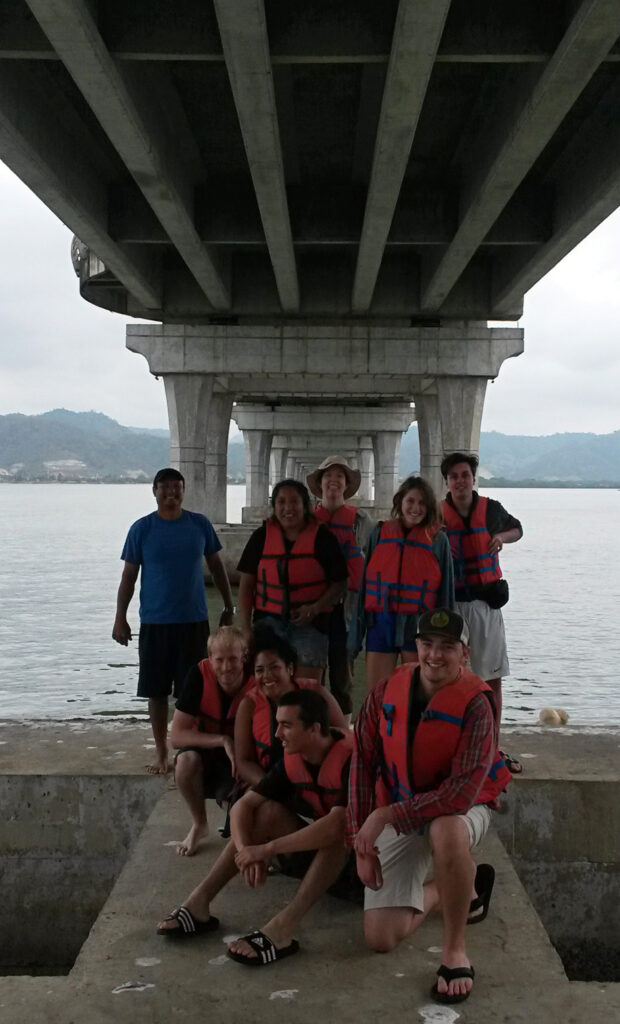
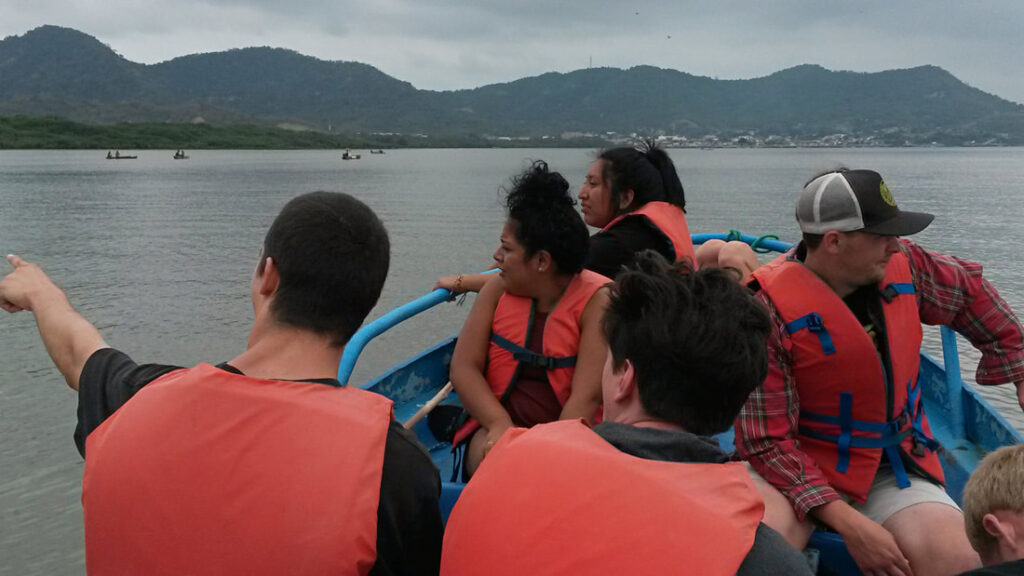
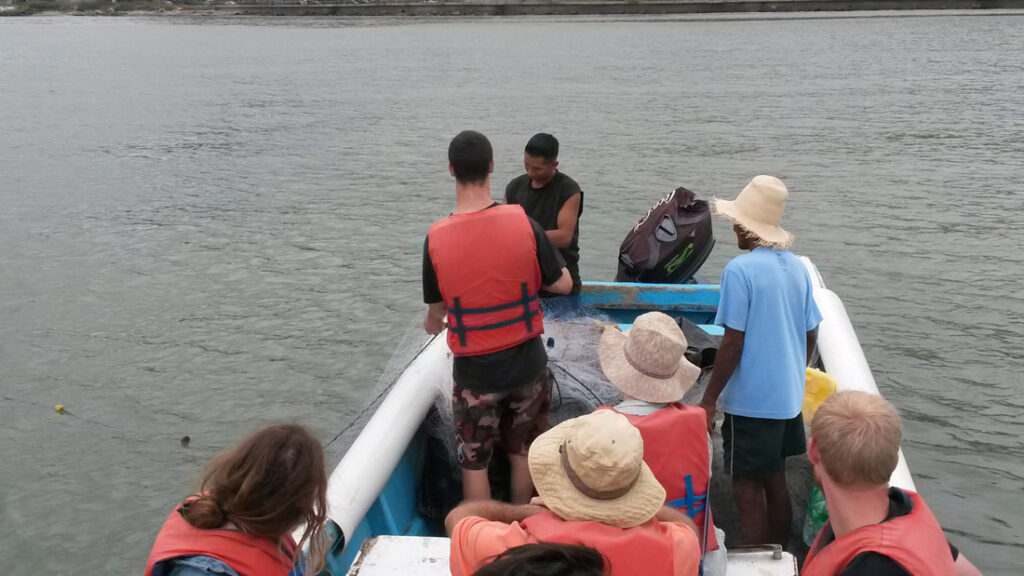
The following day we traveled to Crucita to meet with representatives of the National Electric Company who are working with Planet Drum on the “Árbol Eléctrico” pilot program, where one native fruit tree is planted for every $500 of new electrical infrastructure in rural areas. After introducing ourselves, meeting community members and Electric Company workers, we planted a few dozen more trees around the community. We also got to sample local tropical fruits, such as Guanabana, harvested from Planet Drum trees planted there in 2012. As expected, the fruit was delicious, and we saved the seeds for planting more trees at the greenhouse.





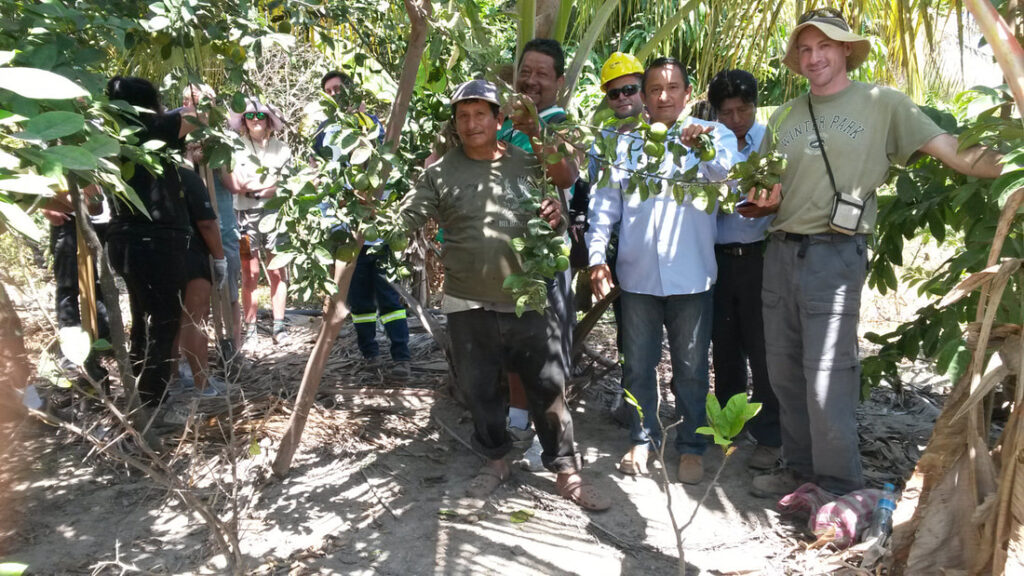

Next on the agenda was a visit to the Isla Corazon Wildlife Refuge. Our favorite guide Don Francisco led us on a tour of shrimp farms to witness first hand the impact this lucrative and ecologically devastating industry. From there we got into boats to travel around to the far side of the Isla Corazon mangrove island, where canoes were waiting to take us through a mangrove tunnel. Along with seeing lots of creatures such as Frigate birds and crabs, we saw where the community had replanted mangrove trees and where natural restoration within the refuge had also occurred. After the canoe tour through the mangroves, we went on a short walk on a raised walkway through another part of the mangrove island and Don Francisco told us the legend of the mangrove goblin “Felipito”. Then we rode the boats back to shore and headed home.
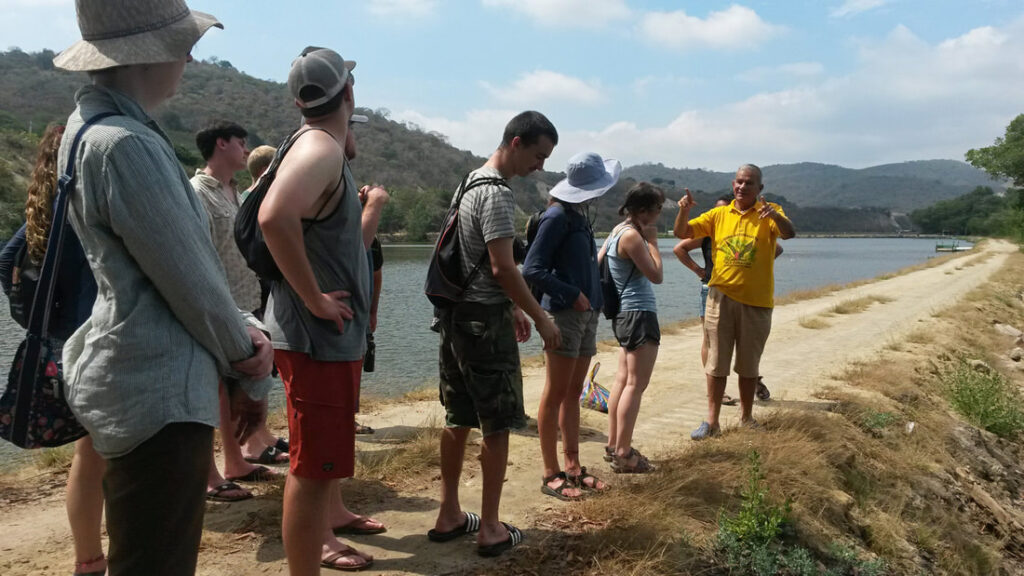

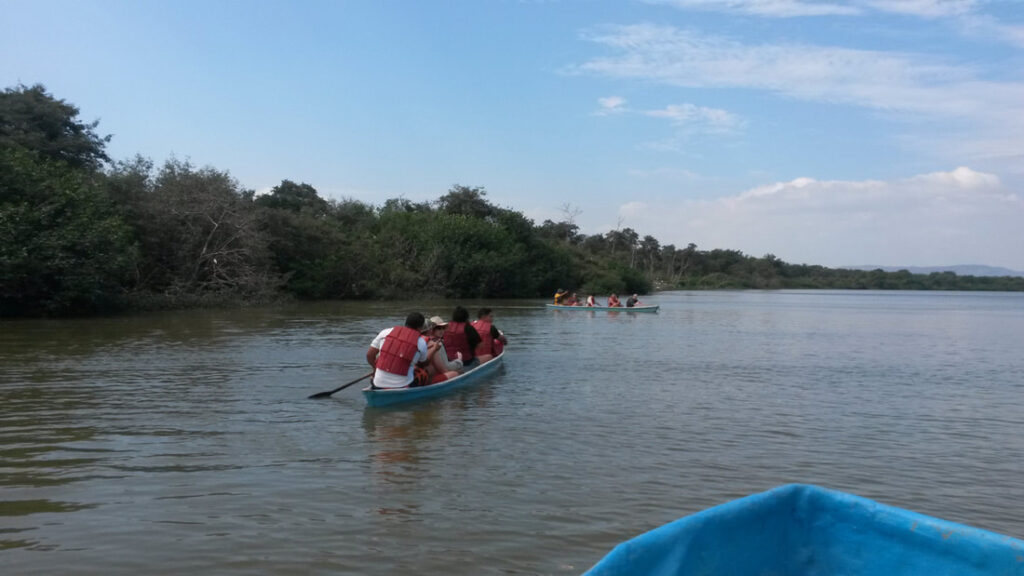

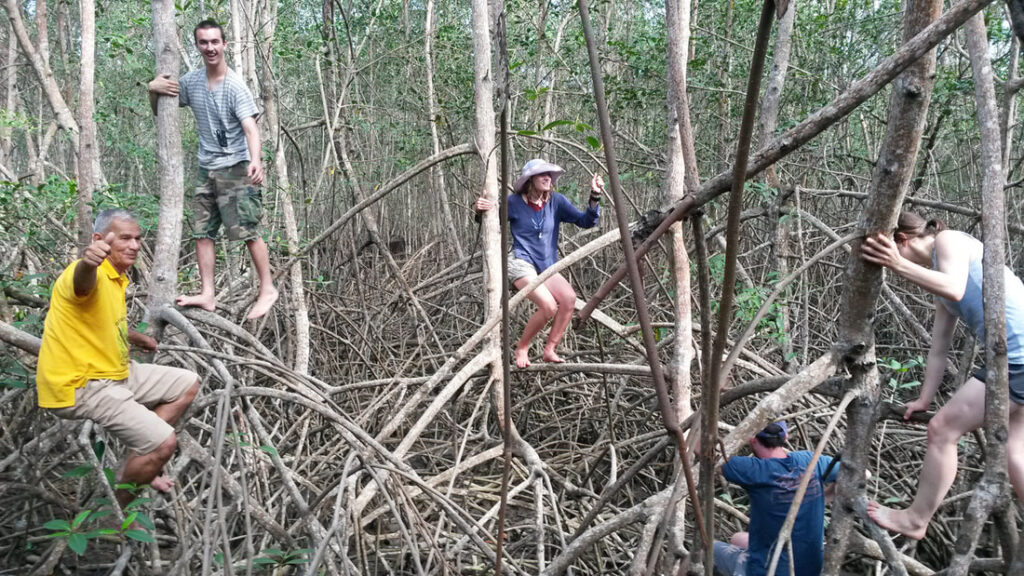
The following morning we set off on a multi-day adventure south to the Machalilla National Park and Puerto Lopez. We arrived at the Aguas Blancas community, which is located within the park, gives tours of archeological points of interest, and is committed to preserving regional ecology. That afternoon we took a tour of the archeological museum and divided into small groups to spend the night with families from the community. The next day, we took a hike through the community to see their organic garden, more archeological sites, and a mineral pond that has therapeutic mud. Everyone took a dip in the pond and lathered themselves in mud. After lunch, we traveled to Puerto Lopez (20 minutes away) and that afternoon we took a spectacular whale-watching tour that included snorkeling at one of the nearby islands.
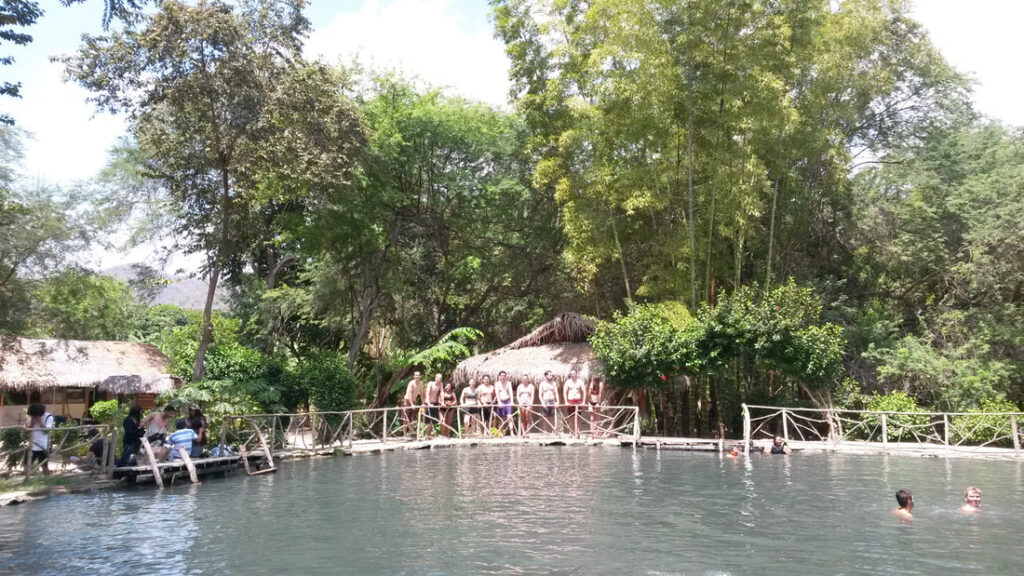

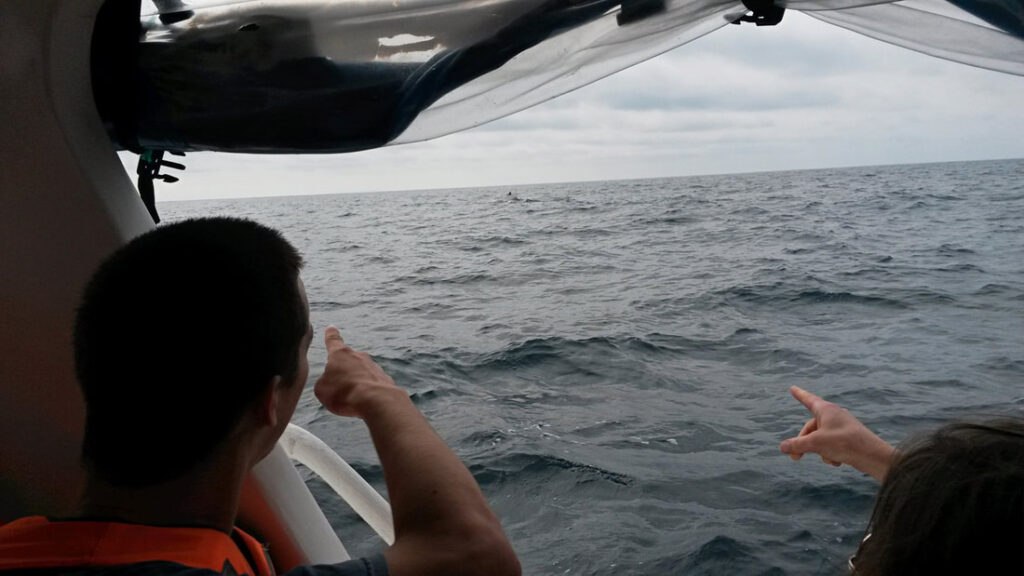


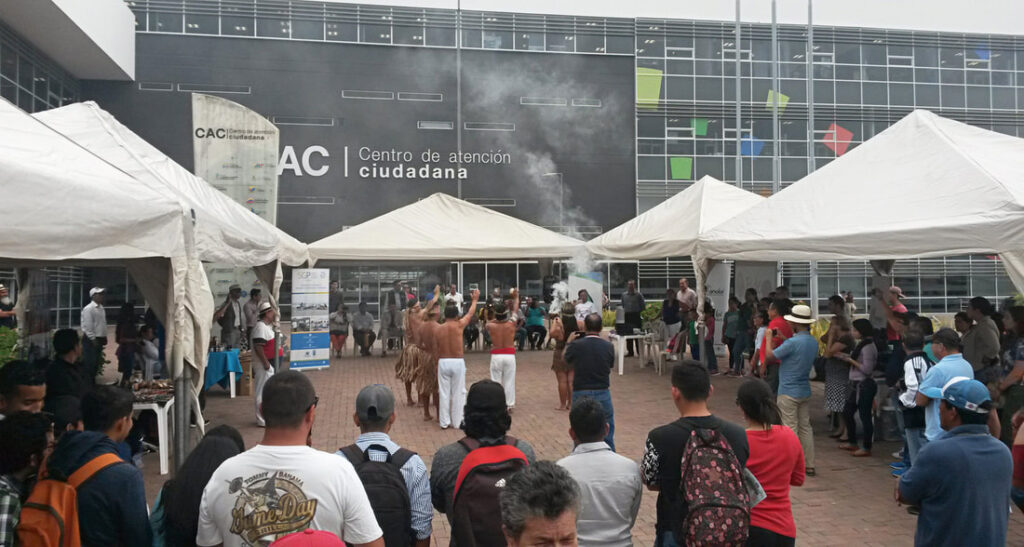
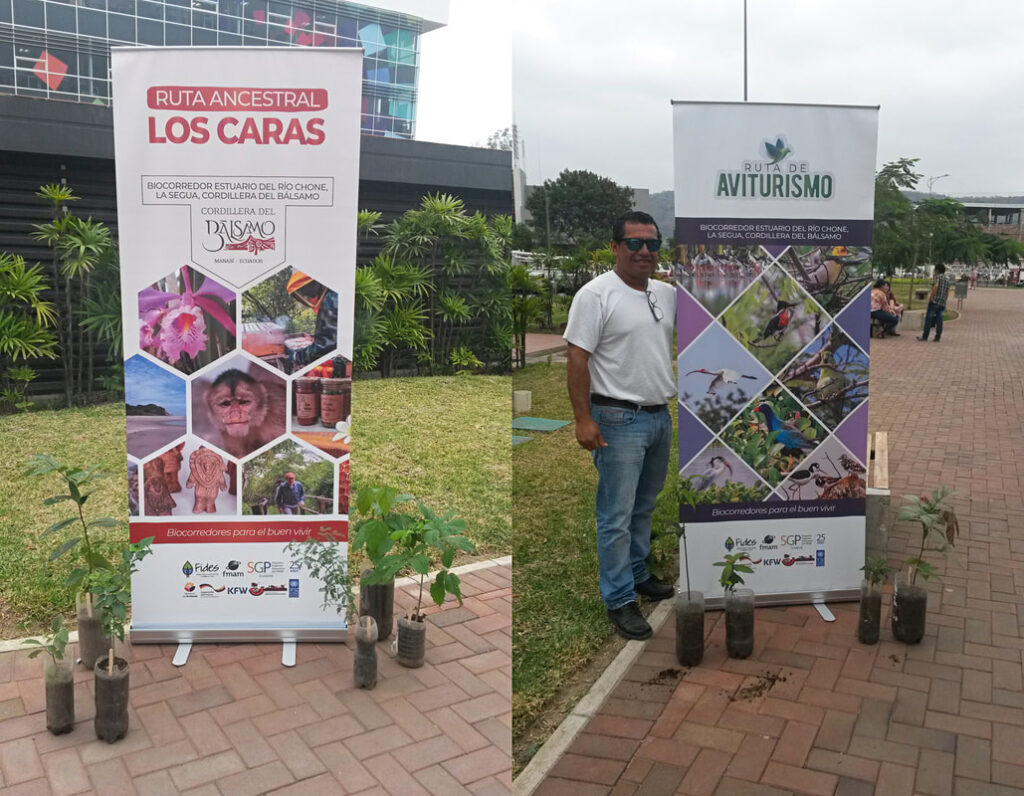
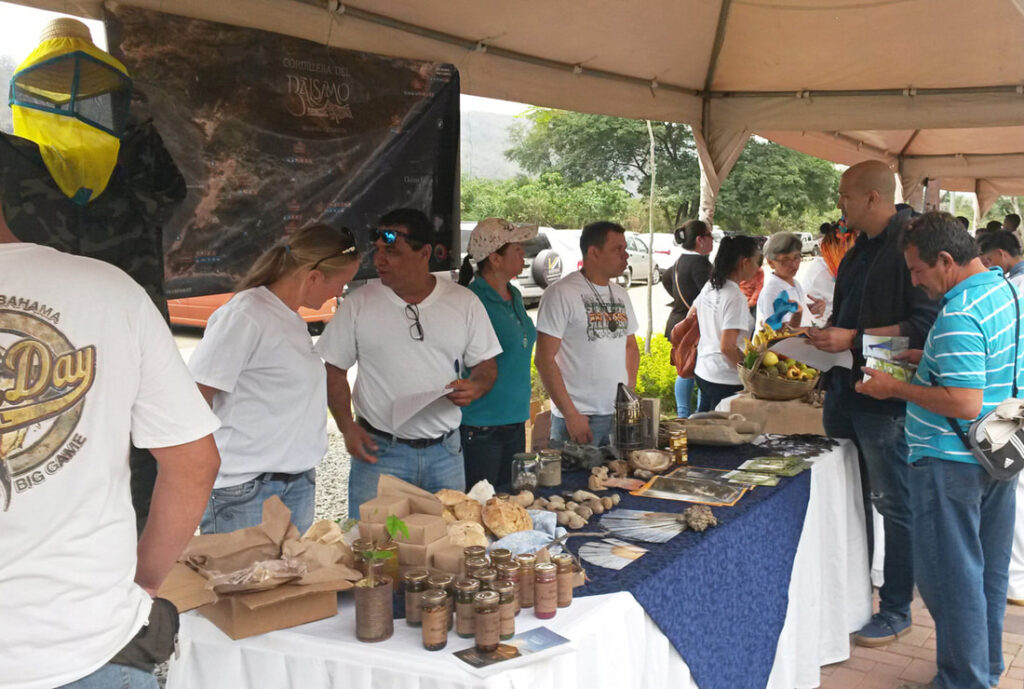
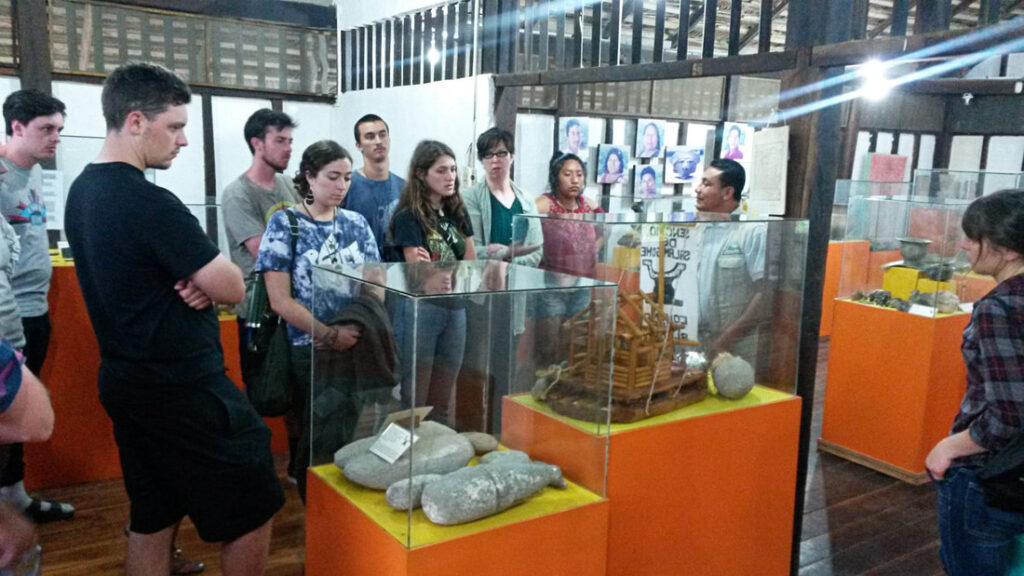
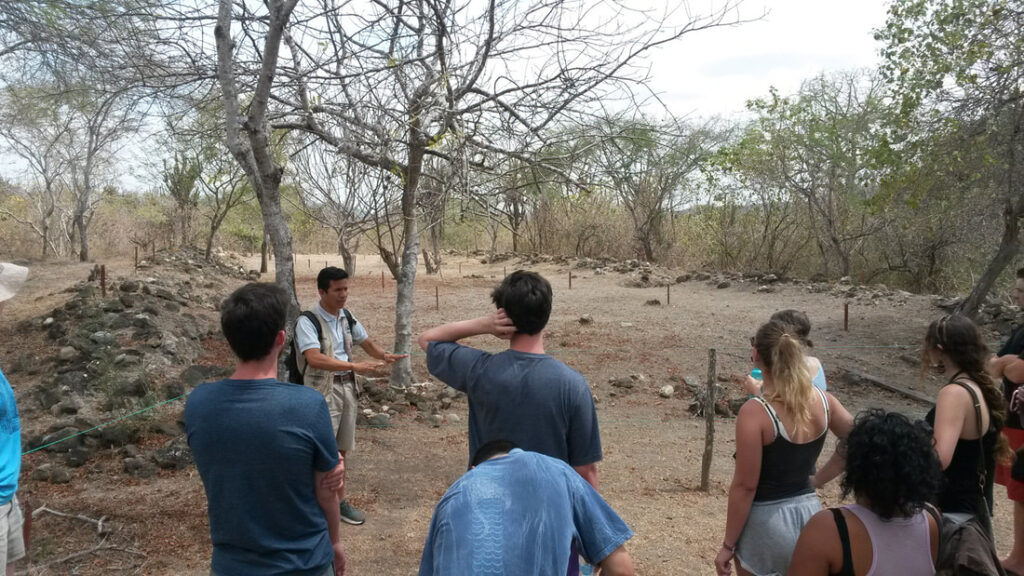
Photos by Clay Plager-Unger.

Reader Interactions